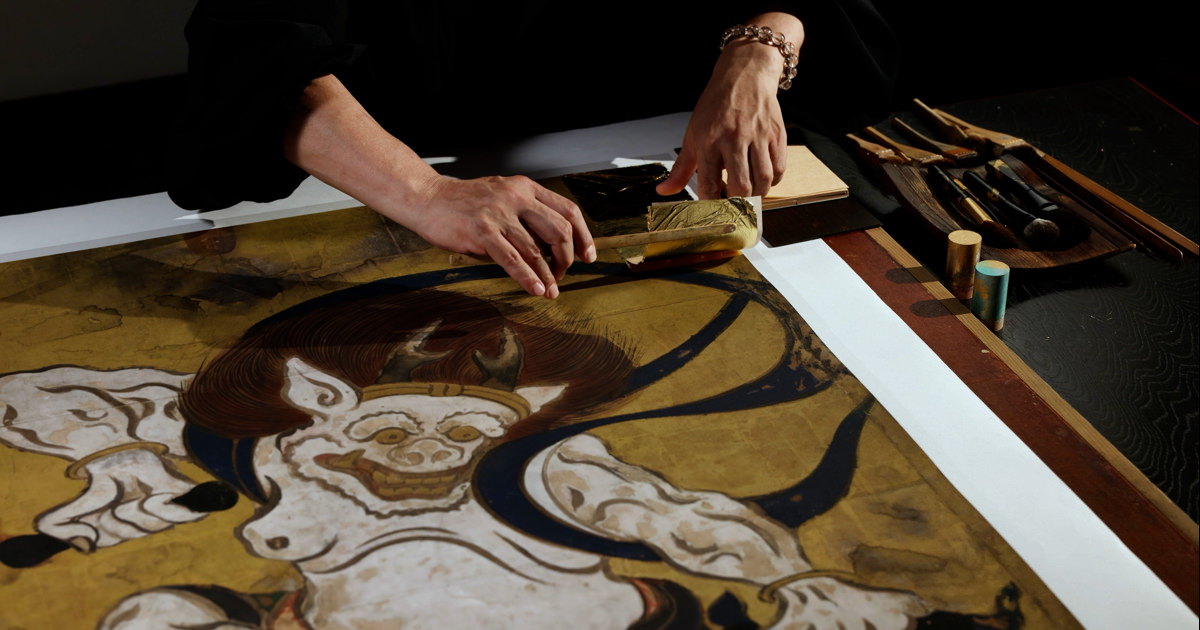Birds, Animals, and Plants Representing the Twelve Months
Katsushika Hokusai

Katsushika Hokusai / National Museum of Asian Art, Smithsonian Institution, Freer Collection, Gift of Charles Lang Freer, F1904.179-180
These images are based on the high resolution facsimile produced by the Tsuzuri Project. Unauthorized copying, duplication, or transfer of these images is strictly prohibited.
Birds, Animals, and Plants Representing the Twelve Months
High-resolution facsimiles
- Material
- printed on washi paper
- Period of creation
- Tsuzuri Project Stage 12 2018–2019
- Recipient
- The Sumida Hokusai Museum(Sumida Ward)
Original
- Artist
- Katsushika Hokusai
- Historical era
- Edo (19th century)
- Material
- ink, color on paper
- Medium
- Pair of six-fold screens
- Size
-
Each 1st and 6th panel H146.4 × W51.8 cm
Each 2nd-5th panel H146.4 × W56.5 cm - Collection
- Smithsonian's National Museum of Asian Art
Description
These 12 panels with Oshi-e bari (paintings mounted on screens) are composed of a pair of six-panel folding screens vividly depicting birds, animals, and plants of the four seasons. Although the title of the painting itself is based on the title of a collection of waka poems (Waka Poems on Birds and Flowers) by Fujiwara no Teika (1162–1241), a poet of the Heian period, the motifs of the months are independent of the then-standard patterns. Hokusai selected the motifs according to his own interpretations. Looking at each one beginning with the first panel of the row of panels on the right, we find a crane perched on a snowy willow, fish swimming in a pond with the sagging branches of a cherry dipping into it, a fox looking up at bats, a little cuckoo flying over irises, tortoises swimming through freshwater algae, and an egret standing by sacred lotuses. On the left-hand row of panels, beginning with the extreme right, we see a chicken looking up at a kudzu vine, buntings perched on a gardenia, chrysanthemums and geese, a pheasant perched on a red-leaved branch, wild geese flying down onto thistles, and lastly puppies playing with each other under a tub. This is one of the original paintings bought in 1904 by Charles Lang Freer, together with Six Tama Rivers and others, from Homma Kozo of the Homma family, who were wealthy merchants from Sakata, Yamagata Prefecture, via the Japanese fine art dealer Kobayashi Bunshichi.



